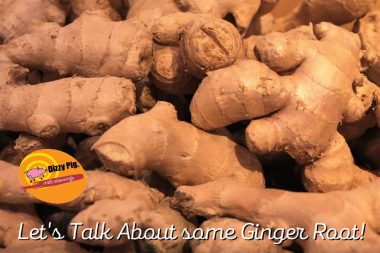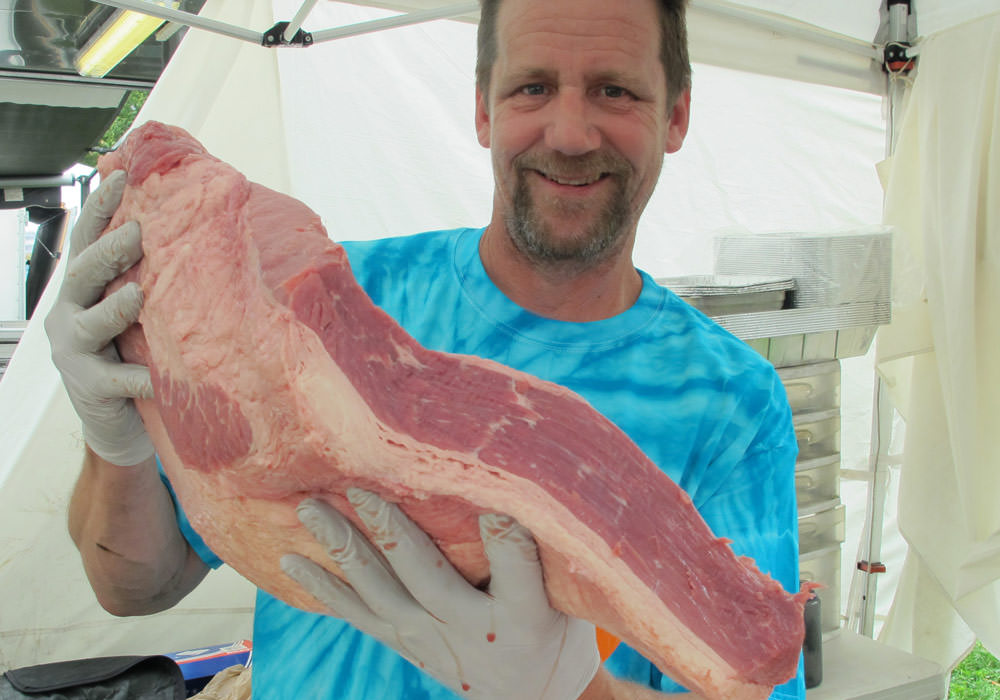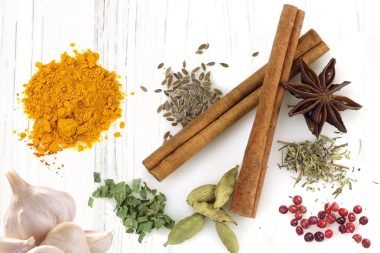
The Amazing & Mighty Ginger
Part of cold weather cooking includes working in Superfoods that keep us healthy and nourish us to stay well. Ginger is a big player here. Read More
Free Shipping on orders $75+ (USA only)


We use whole “packer” briskets because barbecue is all about cooking big honkin’ pieces of meat! Whole “packer” briskets include two main muscles, the point and the flat, and generally weigh 10-15 lbs. However, in many parts of the country, it’s hard to find anything but the flat cut (the large flat muscle…usually around 3-6 lbs.).
If you can only find the “flat”, it will still make good barbecue, but we always choose packers when available.
 Meat Quality
Meat QualityBeef handled at facilities inspected by the USDA is graded based on the degree of marbling and animal age. USDA grading is a good place to start when choosing your meat.
I like briskets in the 15-18 pound range, but as long as you have the whole brisket, you’re ready to go. Try and purchase at least USDA Choice grade, and get USDA Prime if you can.

When selecting a brisket, choose one that has visible marbling of fat across the flat. As with most BBQ, the fattier the better!
Inspect the surface of the flat. Assuming you are looking at a Choice grade or better chunk of meat, there should ideally be ribbons (striations) of fat running through the grain in the muscle. Put two side by side, and you’ll notice one probably has more internal fat than the other. The more internal fat, the more flavor and moisture in the final product.
Check the briskets to see how easily they flex. If they bend easily, that gives you a good idea how tender the final product will be. Beef improves as it ages, and generally a flexible brisket has a little more age, and/or a little less connective tissue.
 Trimming Brisket
Trimming BrisketWith a sharp knife, trim all of the membranes, silver skin, and globs of fat off of the top side of the “flat”. You really want the seasoning to become part of the exterior crust on the meat, so make sure and get all those little membranes and fat.
On the other side, you’ll usually see a substantial layer of fat that covers the point, and part of the bottom of the flat.
Trim fat off the point muscle to expose the meat, but leave all the fat on where it covers the flat. This will allow you to get a good bark built up on the point muscle, while leaving the fat to protect the leaner flat muscle from the drying heat coming from below.
 To Inject Or Not?
To Inject Or Not?While it is not critical to inject your brisket, we like to get a little bit more flavor into the meat when cooking for competitions. The judge is only going to take a bite or two, so make it count.
There are many brisket injection recipes floating around, but we’ve had the best results with a simple mixture of beef stock and salt… and have been known to add some MSG. We prefer injection needles with a sharp point (some are blunt and difficult to use) and we inject about a pint into each brisket. Inject across the grain while slowly pulling the needle out so that the injection fills in between the grain fibers.
 Seasoning
SeasoningOnce injected, you are ready to season. The rub/seasoning blend you use is an important part of the flavor of the final product, so make sure and use a seasoning that pairs nicely with beef, and has enough fresh spices to hold up to the long cook.
The Dizzy Pig team has racked up over 70 brisket awards using nothing else but Dizzy Pig Cow Lick Spicy Beef Rub. It’s a peppery blend that pairs perfectly with brisket, and has plenty of punch to hold up to the long cook and the robust flavor of beef.
Sprinkle some salt on the brisket, as Dizzy Pig seasonings are not heavily salted. If using a very salty seasoning, skip this step. Season brisket liberally on all sides. We typically use about 1/2 cup of Dizzy Pig Cow Lick on a 12-14 pound brisket.
Now your brisket is ready for the cooker.
Want to Learn More about Smoking Brisket? Check out our Recipes!
Chris Capell’s Beef Brisket Recipe
The Amazing & Mighty Ginger
Part of cold weather cooking includes working in Superfoods that keep us healthy and nourish us to stay well. Ginger is a big player here. Read More
Healthy food can be delicious too: How Dizzy Pig uses Superfoods to spice things up!
Using superfood spices is an easy way to not only make food taste better but also get the health benefits we have all learned are vital. Read More
6 Award-Winning Tips for Moist and Tender BBQ
Winning over a pro BBQ contest judge is not easy, it takes moist, tender, and tasty BBQ and a lot of know-how. Read More

